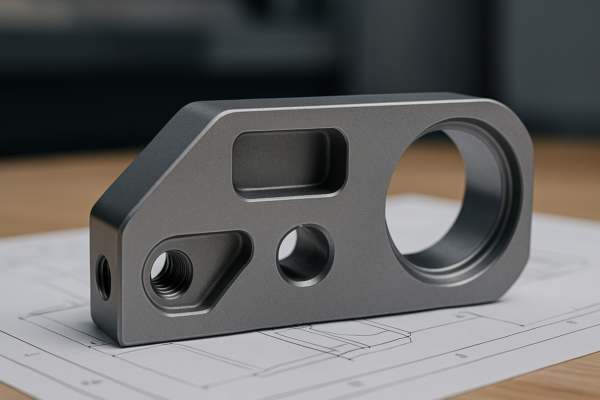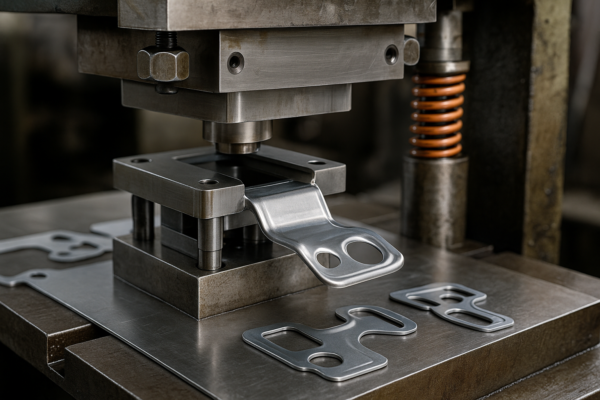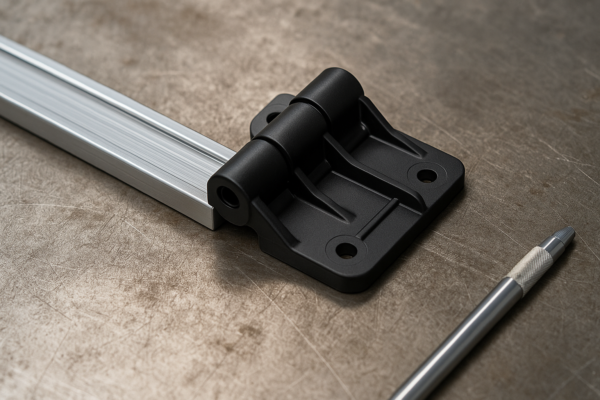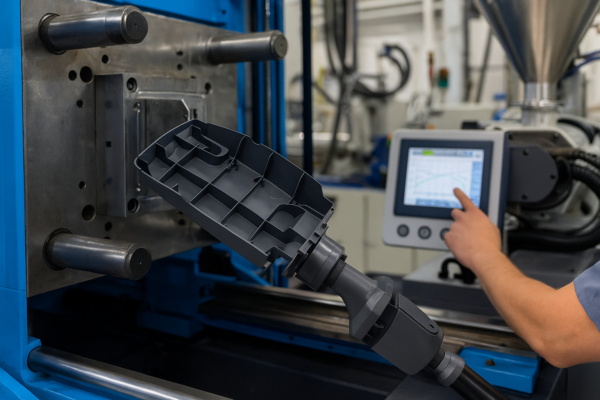At What Temperature Does Steel Soften?
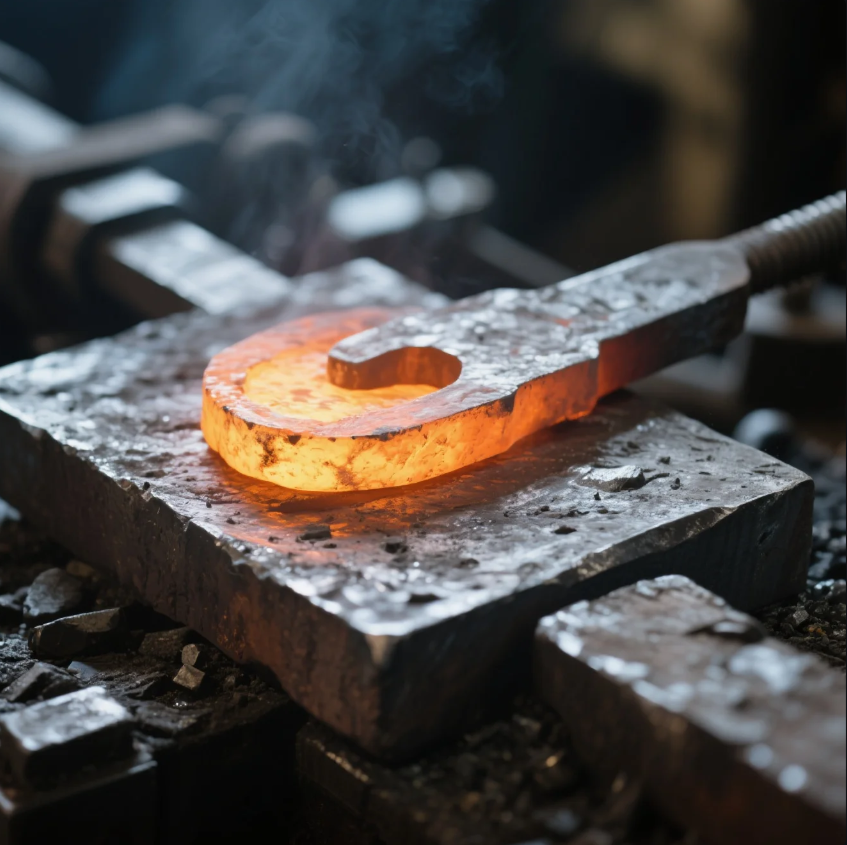
Steel is a versatile material that, when heated, becomes easier to shape, bend, and mold. However, it doesn’t remain solid and workable indefinitely—at certain temperatures, it begins to soften and can be manipulated with less effort. Understanding the temperatures at which steel softens is essential for various processes, including forging, bending, and heat treatment. In this article, we’ll explore the temperatures at which steel becomes pliable and when it begins to melt.
Snippet paragraph: Steel begins to soften at temperatures around 1,000°F (538°C) and becomes fully pliable at higher temperatures, making it easier to manipulate.
Let’s take a closer look at the specific temperatures at which steel softens and how to work with it at various stages.
What Temperature Is Steel Bendable At?
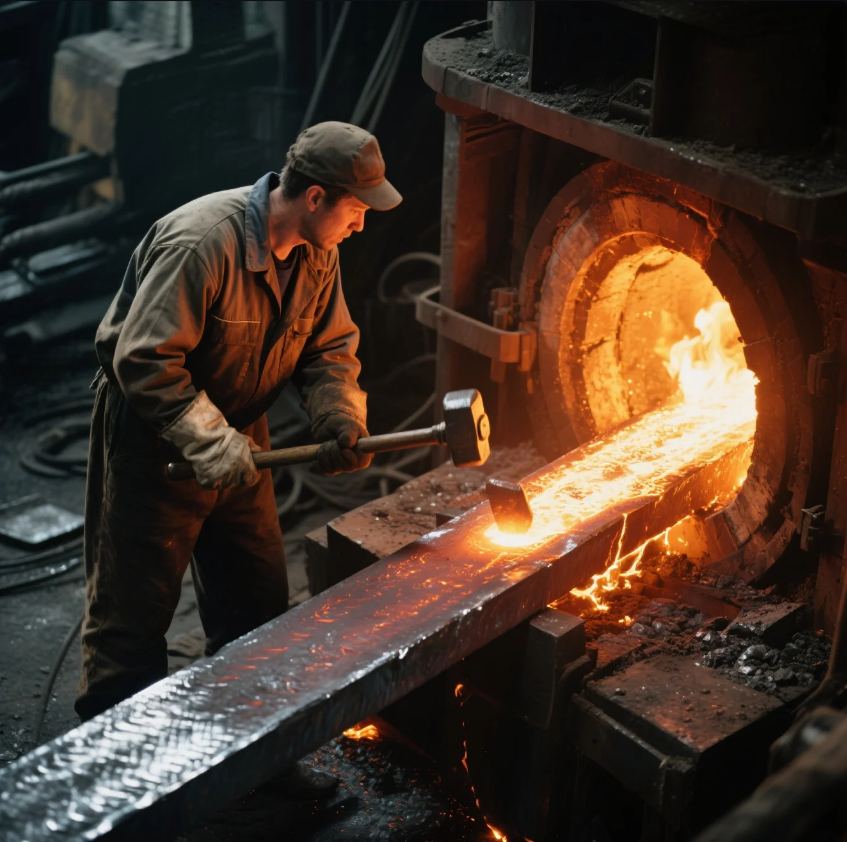
Steel typically becomes bendable at temperatures around 1,000°F (538°C). At this temperature, steel becomes soft enough to be easily bent or shaped without cracking or breaking, but it’s not yet fully molten. The temperature at which steel becomes bendable depends on the alloy and carbon content of the steel. Higher-carbon steels require higher temperatures to become malleable.
Steel Bendability:
- Mild Steel: Can be bent at 1,000°F (538°C).
- High-Carbon Steel: May require temperatures closer to 1,200°F (649°C) for bending without compromising its strength.
When steel is heated to this range, it’s ideal for shaping, forming, or even performing tasks like blacksmithing and metalworking. This allows the metal to be reshaped without risk of damaging the material.
At What Temperature Does Steel Become Pliable?
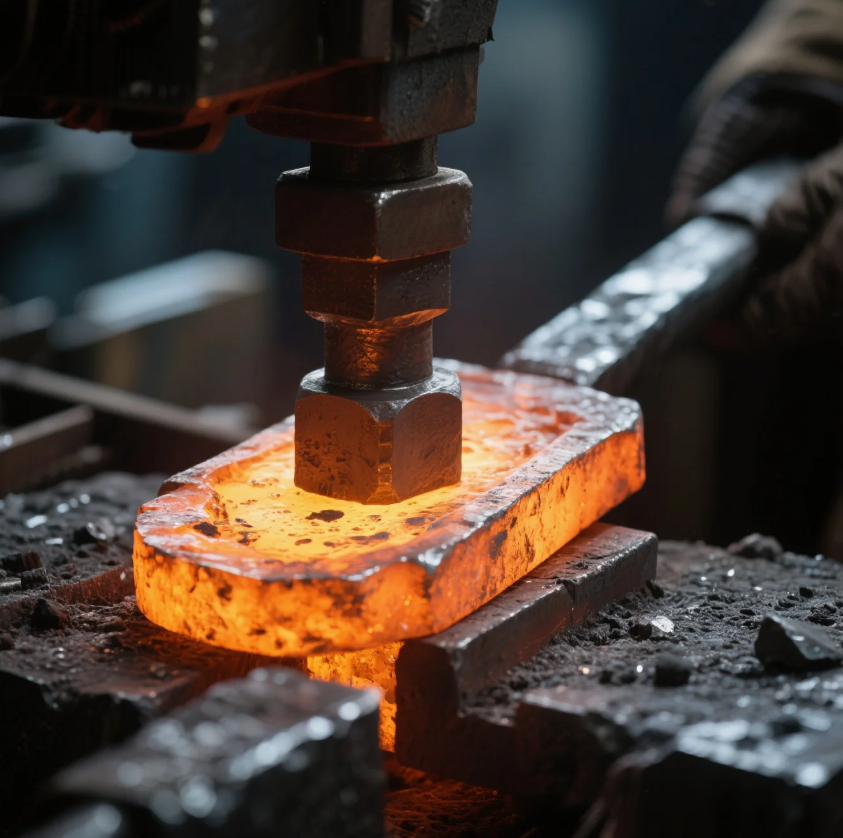
Steel becomes fully pliable (easily deformed and shaped) at higher temperatures, typically between 1,500°F and 2,200°F (815°C to 1,200°C). At these temperatures, the steel’s grain structure allows it to be manipulated without cracking or breaking.
Pliability Temperature Range:
- Mild Steel: Becomes pliable at around 1,500°F (815°C), which is ideal for forging or shaping into complex forms.
- High-Carbon Steel: Requires higher temperatures, up to 2,200°F (1,204°C), to become fully pliable without compromising its hardness or strength.
At these temperatures, steel can be hammered, bent, or drawn out into specific shapes, making it a crucial stage for blacksmithing, tool-making, and other metalworking processes.
At What Temperature Does Steel Become Molten?
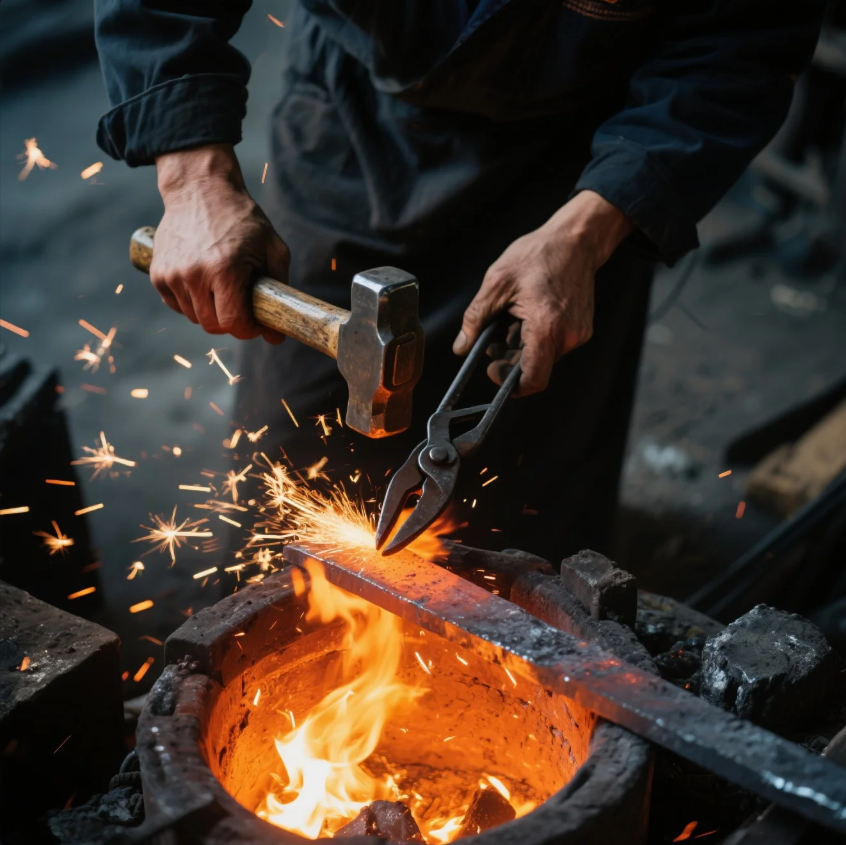
Steel becomes molten at temperatures around 2,500°F (1,370°C). At this point, steel transitions from a solid to a liquid, allowing it to be cast into molds or processed in ways that involve melting the material.
Steel Melting Point:
- Carbon Steel: Melts at around 2,500°F (1,370°C), though this can vary slightly depending on the specific alloy and carbon content.
- Alloy Steels: Some alloy steels, particularly those with higher carbon content, may melt at slightly higher temperatures, closer to 2,800°F (1,538°C).
Melting steel requires specialized equipment, such as furnaces, as it requires significant heat to transition from solid to liquid form. This is a key step in smelting, casting, and remelting processes.
How Do You Make Hard Steel Softer?
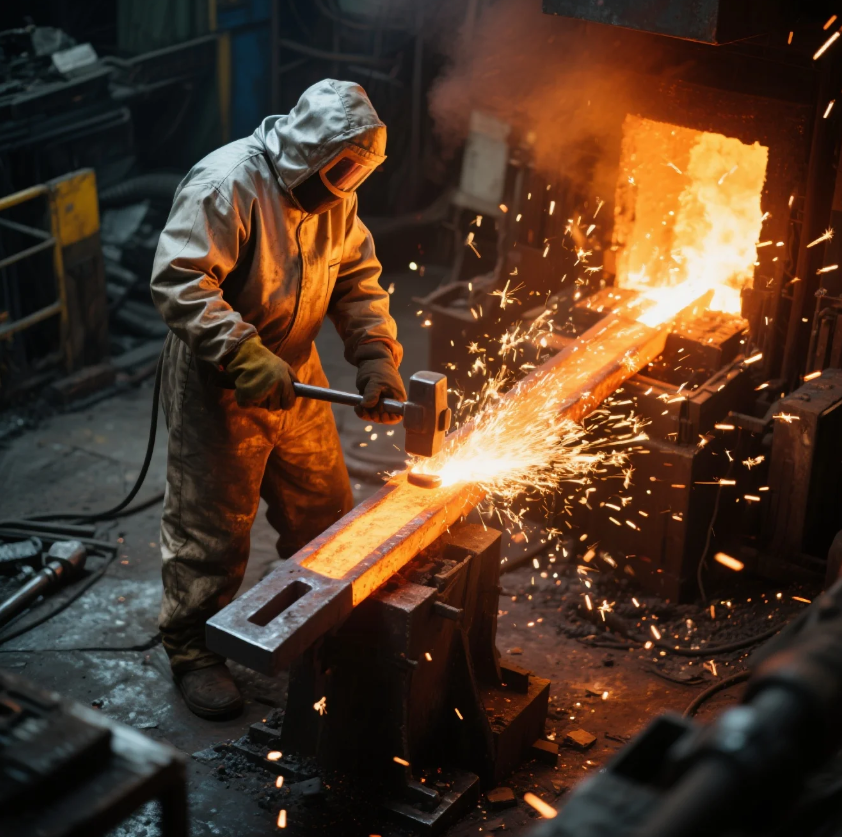
To make hard steel softer, you need to heat treat the material to a temperature range that reduces its hardness and makes it more malleable. Annealing and normalizing are common methods used to soften steel.
Methods to Soften Hard Steel:
- Annealing: Involves heating the steel to a high temperature (usually between 1,400°F to 1,600°F (760°C to 870°C)), then slowly cooling it to reduce its hardness. This process helps steel become more ductile and easier to shape.
- Normalizing: Involves heating the steel to a similar temperature range (around 1,600°F (870°C)) and allowing it to cool in still air, which helps refine the grain structure and softens the steel for further processing.
Both of these methods help reduce internal stresses in steel and make it easier to work with by softening the material without completely changing its properties.
Conclusion
Steel begins to soften at around 1,000°F (538°C), becoming more bendable at 1,500°F to 2,200°F (815°C to 1,200°C), and it becomes molten at approximately 2,500°F (1,370°C). The specific temperature at which steel becomes pliable depends on the alloy and carbon content. To make hard steel softer, heat treatments like annealing or normalizing are used to reduce hardness and improve malleability. Understanding these temperature ranges is essential for anyone working with steel, whether for forging, shaping, or heat treating. If you’re interested in professional forging services or need advice on heat treatments, reach out to Prime today for expert solutions and custom quotes.


